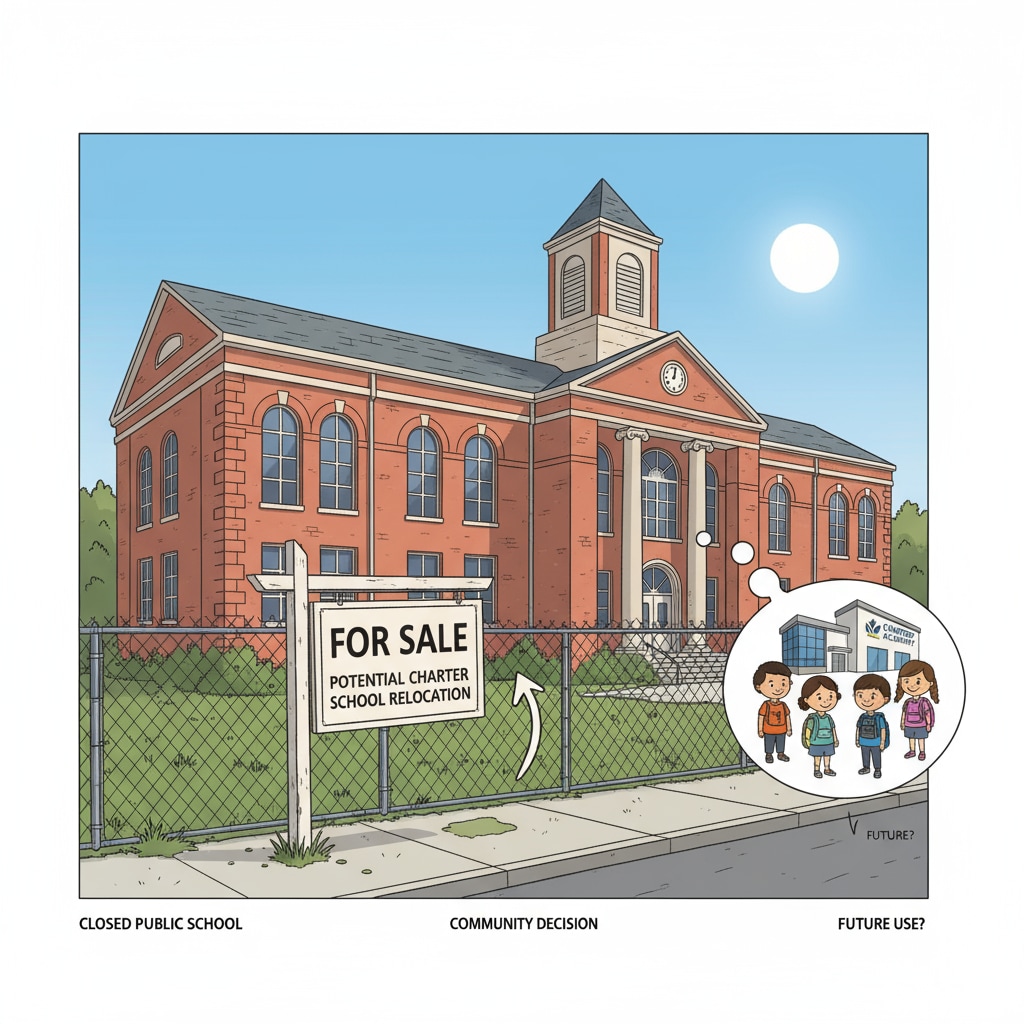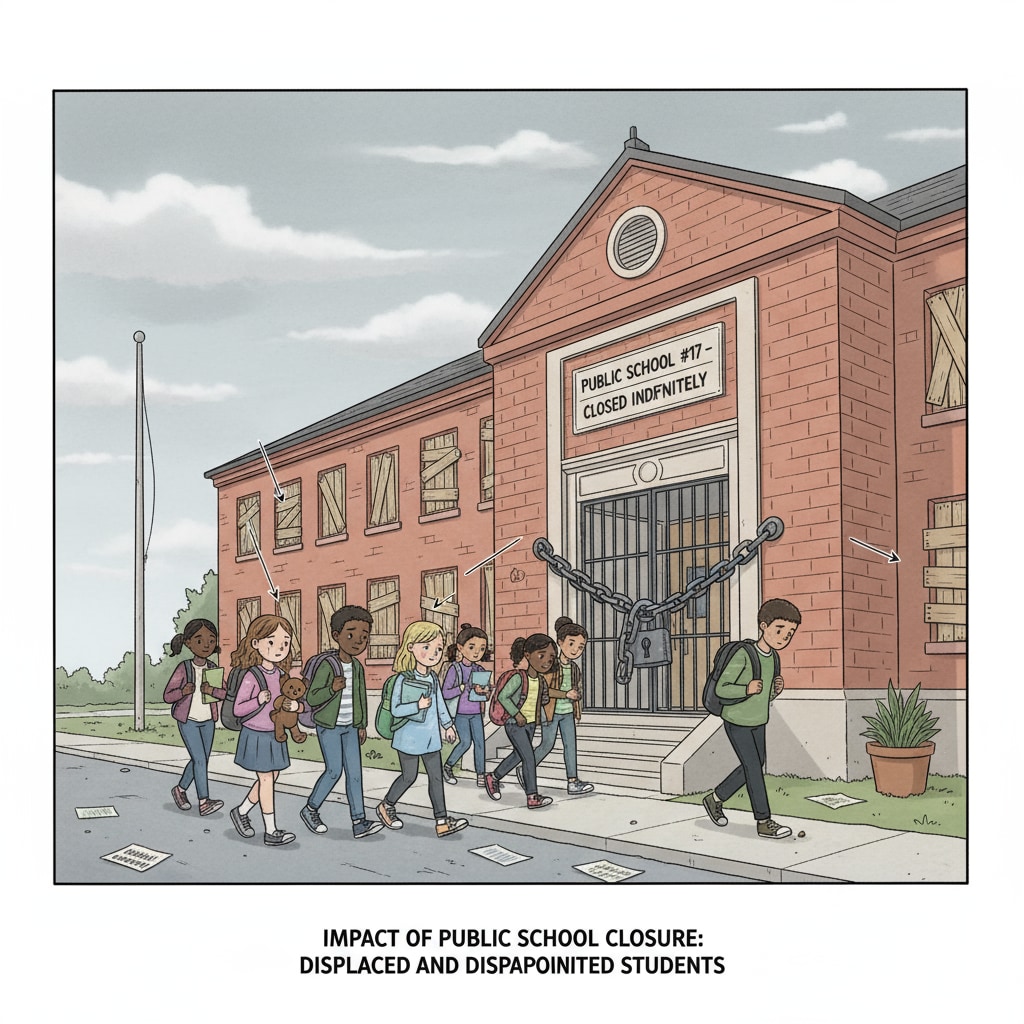The issue of school district, public schools, charter schools, and school building reuse has sparked intense debate. When school districts contemplate shutting down neighborhood public schools in low-income areas and repurposing the buildings for charter schools, the fairness of educational resource distribution comes to the forefront.

This controversy involves multiple stakeholders with diverse interests, and finding a balance between community needs and educational quality is crucial.
The Stakes for Public Schools
Public schools have long been the cornerstone of the local education system. They serve as centers of the community, providing accessible education to all students regardless of their background. However, when a public school is closed, it disrupts the educational continuity of the students attending it. For example, students may have to travel longer distances to new schools, which can be a burden on their families. In addition, the closure can have a negative impact on the local community, as it may lead to a decline in property values and a sense of loss of community identity. According to Education Week, school closures can have far-reaching consequences beyond just the educational realm.

The Allure of Charter Schools
Charter schools, on the other hand, are often seen as an alternative to traditional public schools. They have more flexibility in terms of curriculum and teaching methods, which some believe can lead to better educational outcomes. Proponents of charter schools argue that they can provide innovative educational programs that meet the diverse needs of students. For instance, some charter schools focus on specialized fields such as science, technology, engineering, and mathematics (STEM). Moreover, charter schools may attract more resources and funding from private donors and foundations, enabling them to offer unique educational opportunities. As stated in Britannica, charter schools operate under a different governance model compared to public schools.
However, critics of charter schools point out that they may not always live up to their promises. There have been concerns about the quality of education in some charter schools, as well as issues related to transparency and accountability. Some charter schools have been found to have higher student dropout rates or lower academic performance compared to public schools.
Readability guidance: The paragraphs above use short sentences and simple language to convey the main ideas. Transition words like “however” and “in addition” are used to connect different thoughts. Each section presents a clear point about the stakes of public schools and the allure of charter schools.


